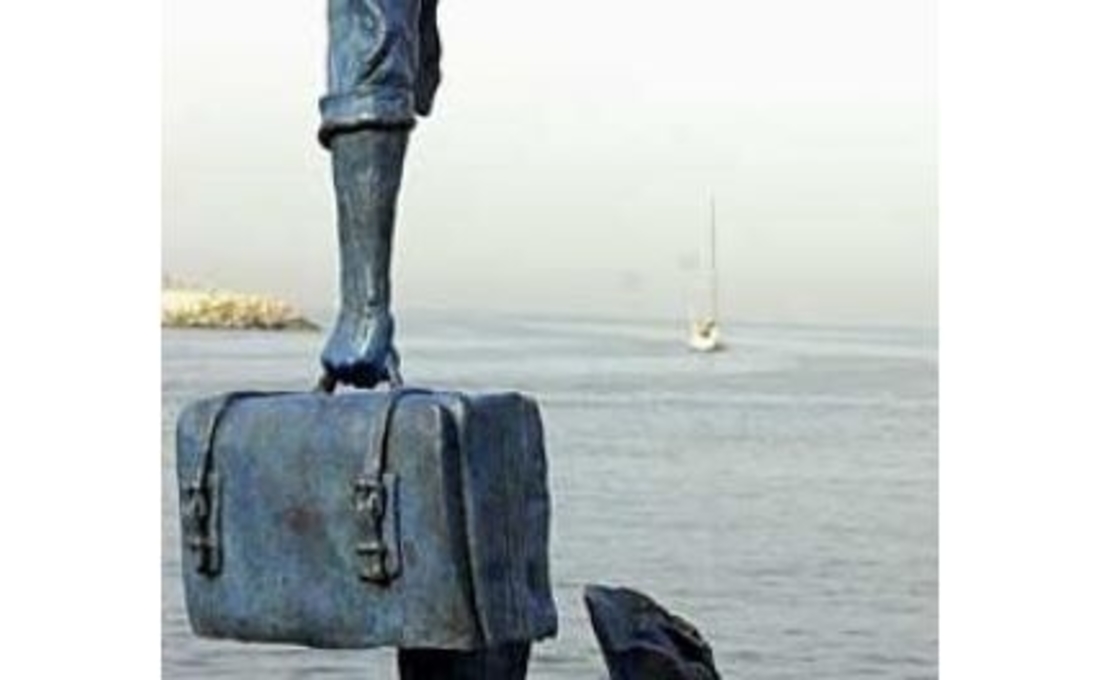Let’s quickly remind ourselves of the difference between an asylum seeker and a refugee. Anyone fleeing their country and asking for asylum in any country is considered an asylum seeker and only when their case has been approved do they officially become a refugee.
In Switzerland after crossing the border (very often in Airolo) an asylum seeker gets sent to a centre whilst their case is assessed. In the canton of Luzern people should only stay in a centre 2 to 6 month before being offered individual accommodations. They are given clothing and between CHF 6.70 and CHF 12.- to live on. This means their food, transport etc… They are not allowed to work during the first 3 months of their stay, after which time if they find employment, they will have to give 10% of their salary back to the state.
Although a law has been passed that each case should now been processed within 100 days, we know of asylum seekers who have been waiting for nearly 3 years to have their cases looked at. In the meantime they are offered not much in the way of support (German lessons for example) or chances of improving their integration. The only help they can hope for is from volunteer organisations such as Caritas, and now in Luzern the canton has taken the contract away from the charity in an attempt to save CHF 900 000.-
The number of Syrian asylum seekers currently being accepted into the country is roughly around 35%, despite the fact that Syrian civilians are having to face the double danger of their own government attacking them as well as facing the terrorist organisation DAESH. In Germany the quota is 94% and Europe its 72%. The problem is that the asylum seekers are having to prove that they were personally persecuted, living in a dangerous area is not enough. Those who are not accepted are allowed to stay in the country until Syria is deemed safe again, but only receive an L permit meaning that they have limited rights and will be “thrown out” of the country as soon as the war is over. Asylum seekers from Eritrea (52.5%) and Sri Lanka (71.4%) are much more likely to be accepted.
2014 saw over 26’715 asylum seekers come into the country:
- 5’777 (21.6%) were rejected (NEE)
- 6’199 (23.2%) were accepted and received refugee status;
- 7’924 (29.7%) received the L Permit (i.e. have to leave as soon as their home country is deemed safe again);
- 4’311 (16.1%) had their claim refused and were returned to their country.;
- 2’504 (9.4%) claims were not processed.
The number is bound to have grown this year (current estimation is 30 000). The cost of providing a safe haven for the asylum seekers is estimated at over 1.3 billion Swiss francs (that’s roughly CHF 1565.- per Swiss resident).
In the next week, we’ll look at what happens when you receive the refugee status in Switzerland.
I have fallen in love with this sculpture by Bruno Catalano symbolising what you leave behind when you have to flee your country.



